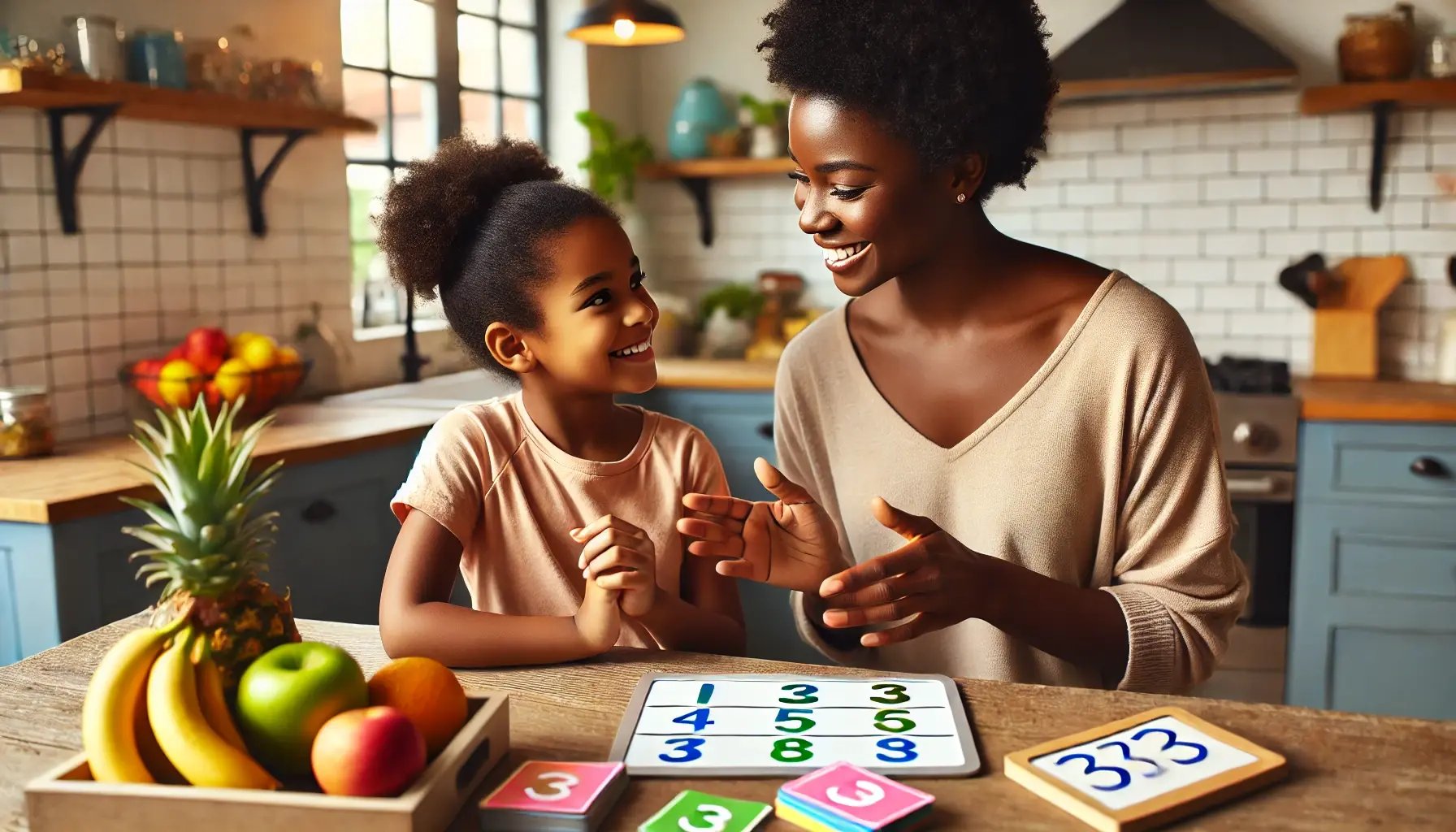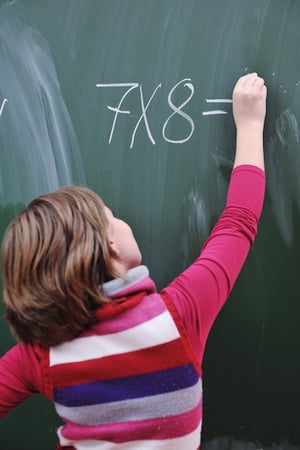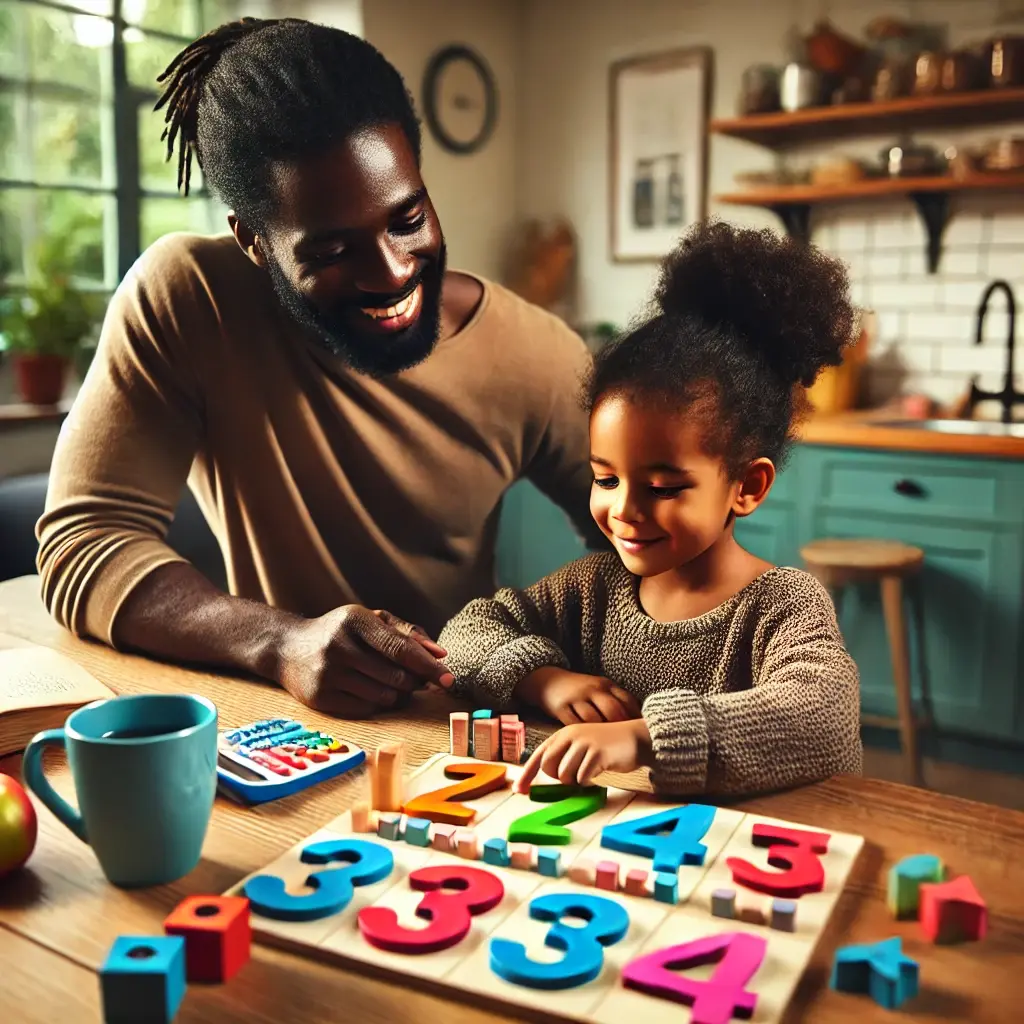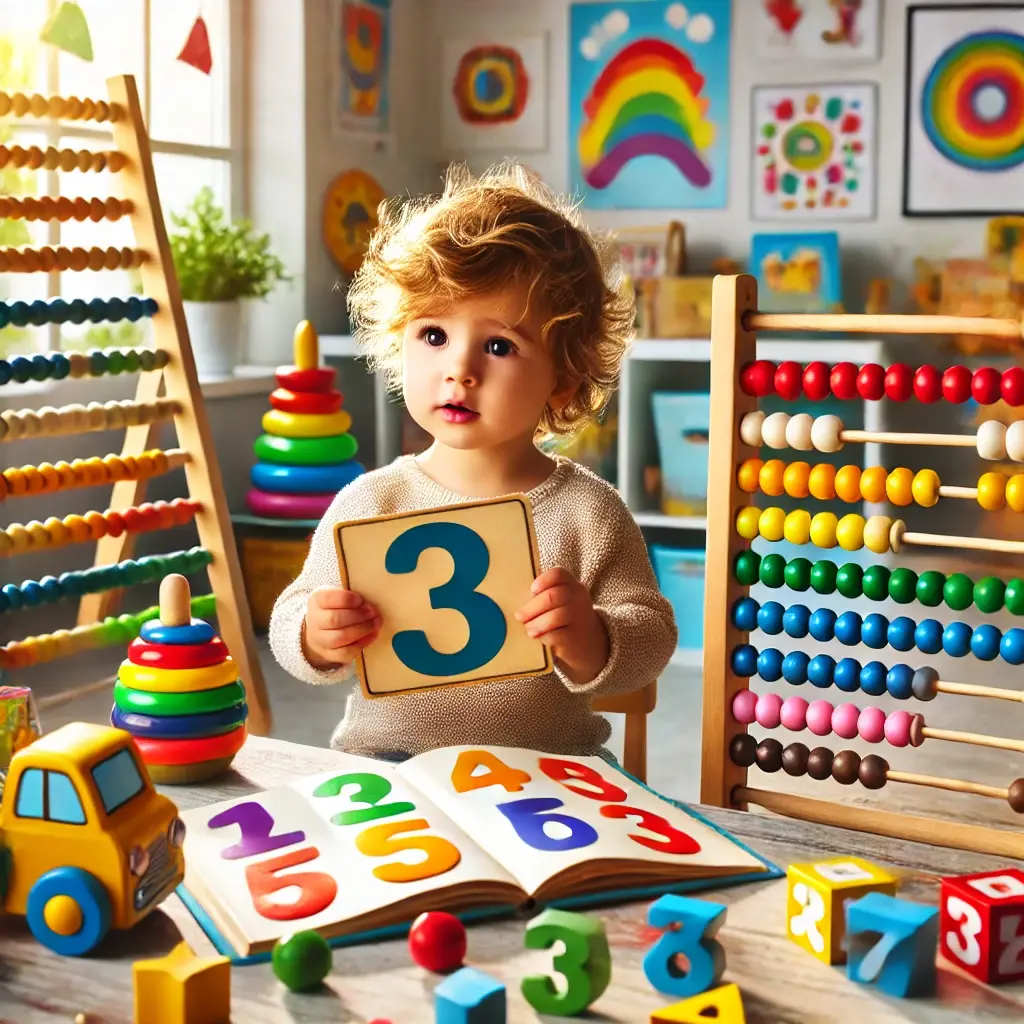
Our kids need multiplication; it’s the graduation from addition and subtraction! Although simpler than division, multiplication is one of the first concepts that builds upon previous concepts. This can come with some anxieties for some kids; however, with the right guidance, it can be enjoyable. In this article, we will discuss ways to explain multiplication to your child and tools to practice multiplication.
With some creativity and patience, you can help your child master multiplication concepts by teaching them with games and visuals that will help them feel confident and excel in their math classes.
Explaining Multiplication to Your Children
When explaining multiplication to your child, it's important to ensure they understand the theory and rules to help them reach the correct answer. If your child understands how to solve a problem and why problems are solved the way they are, they will be better equipped to handle multiplication and have a stronger foundation for more advanced mathematics as they grow up.
 Practices to Help Your Child Learn Multiplication
Practices to Help Your Child Learn Multiplication
To ensure your child understands the relationship between multiplication there are several best practices you can follow to effectively teach your child multiplication. Here are some practices that can help your child learn multiplication, starting with visuals and transitioning to mental practice.
Use Visuals and Hands-on Learning Toys
Children struggle to understand abstract concepts like numbers without something tangible to help them process the problem. Toys can help both of you bypass this difficulty. Using:
Visuals:
- Multiplication charts and tables help reinforce number patterns.
- Number lines, which you can use to demonstrate skip counting, are critical to understanding multiplication.
- You could draw arrays on paper or a whiteboard to show that multiplication is repeated addition.
Toys:
- Base Ten Blocks represent multiplication problems by manipulating units, rods, and flats to understand grouping.
- Domineos, which your child can use to create multiplication problems by multiplying the numbers on the dominoes.
- The abacus can be used to teach multiplication by grouping beads.
Focus on concepts before memorization:
While memorization can help speed up the process of answering math questions, it doesn't give your child a strong understanding of how to solve problems. You can help your child understand concepts by using those visuals and toys to help your child see what’s happening. Make sure while you're using manipulatives, you explain to your child why and how.
Focus on learning one series of multiples at a time
Multiplication can be overwhelming, so you can make it easier for your child by breaking it down into a single series at a time. Focus on the two-times tables, then the three-times tables, then the four-times tables, and continue until your child can confidently perform each series of multiplication problems.
Incorporate memorization once they have a grasp of the fundamentals:
Once your child can confidently solve multiplication problems, help them memorize the multiplication tables up to the twelve tables. This will help them work through homework, math assignments, and tests more quickly and efficiently. You can use tools such as
- Multiplication flashcards
- Multiplication tables and charts
Both of these tools can be used to quiz your child. If you want to make it more fun and challenging, you can have your child do a specific set of cards in under a minute. This is a great way to engage your child if they need a challenge or something more competitive.
Use games to make the learning process more enjoyable:
Children love games, and learning math can sometimes be tedious, overwhelming, or even boring. Spice things up with fun multiplication games and rewards to make them more invested in the learning process.
- Multiplication Bingo: Create a bingo with multiplication problems and call out answers for children to mark their cards.
- Times Table War: If you have ever played the card game “war,” this just allows players to flip cards and multiply the numbers that are on top of each pile.
- Multiplication Jenga: My favorite is that it can work for any algebraic equation. Write a multiplication problem on a Jenga block, and when each player picks their block to pull out, they must solve the problem before putting the block on top.
Real Life Application:
It’s important to know that multiplication can be seen around us daily. Make sure to use everyday opportunities as a teaching tool. For example, when shopping and budgeting, it’s useful to calculate the total cost when buying multiple items. Help your child determine how much they will need to pay for the items bought. Another example could be used in the kitchen when cooking or baking. Have your child double or triple the recipe. My last example could be done in the car on the way to school by determining the total distance or time for repeated trips. For example, “If we travel 10 miles daily for 5 days, what would be the total distance traveled?” These are some ways that you can help your child apply their multiplication to daily tasks and real-world applications.
Additional Resources
There are many ways to help your child learn, practice, and memorize their times tables. However, it’s okay to need additional resources to help reinforce those skills. Below, I will provide some apps and websites that help our younger learners better understand their multiplication tables.
Apps:
- SplashLearn: Multiplication Games
- Prodigy Math Game
- MathTango
Websites:
- Math Playground
- Coolmath Games
- Multiplication.com
Challenges Children Face with Multiplication
Kids can be very intimidated by math, let alone multiplication. Therefore, we want to acknowledge some anticipated struggle points and what to do when faced with these challenges.
- Memorization struggles: To combat your child’s memorization struggle, try using games and engaging methods to help them understand their concepts better.
- Understanding Concepts struggle: If your child struggles to grasp concepts, keep using the visual aids and hands-on activities, which will help demonstrate these concepts physically.
- Anxiety and Confidence: Math anxiety is a very real thing that can impact your child’s confidence. Create a supportive learning environment with positive reinforcement to help build confidence.
Genie Academy
A structured lesson plan customized to your child’s learning style and pace can be exactly what they need to succeed. At Genie Academy, we provide a warm and welcoming environment where children feel comfortable making mistakes and trying again. With our compassionate and determined coaches and personalized workbooks tailored to your child’s needs, we work to unlock the genius in your child. In addition, we teach abacus math to help with mental multiplication, addition, subtraction, and division. Find what location works for you out of our 6 locations in New Jersey – Plainsboro, East Brunswick, South Brunswick, Hillsborough, South Plainfield, and Marlboro.
Conclusion
Learning multiplication is a big step forward in your child's academic career. We want to ensure they're set up for success with a solid understanding of multiplication that will give them the confidence to prosper in school now and in the future. By using the tips and tricks of visuals, games, real-life applications, and additional resources, you can be well-prepared for your child’s multiplication learning journey. Remember, every kid learns differently and at different paces, so be patient and positive. If you ever need additional support, Genie Academy is here to unlock the genius in your child.





